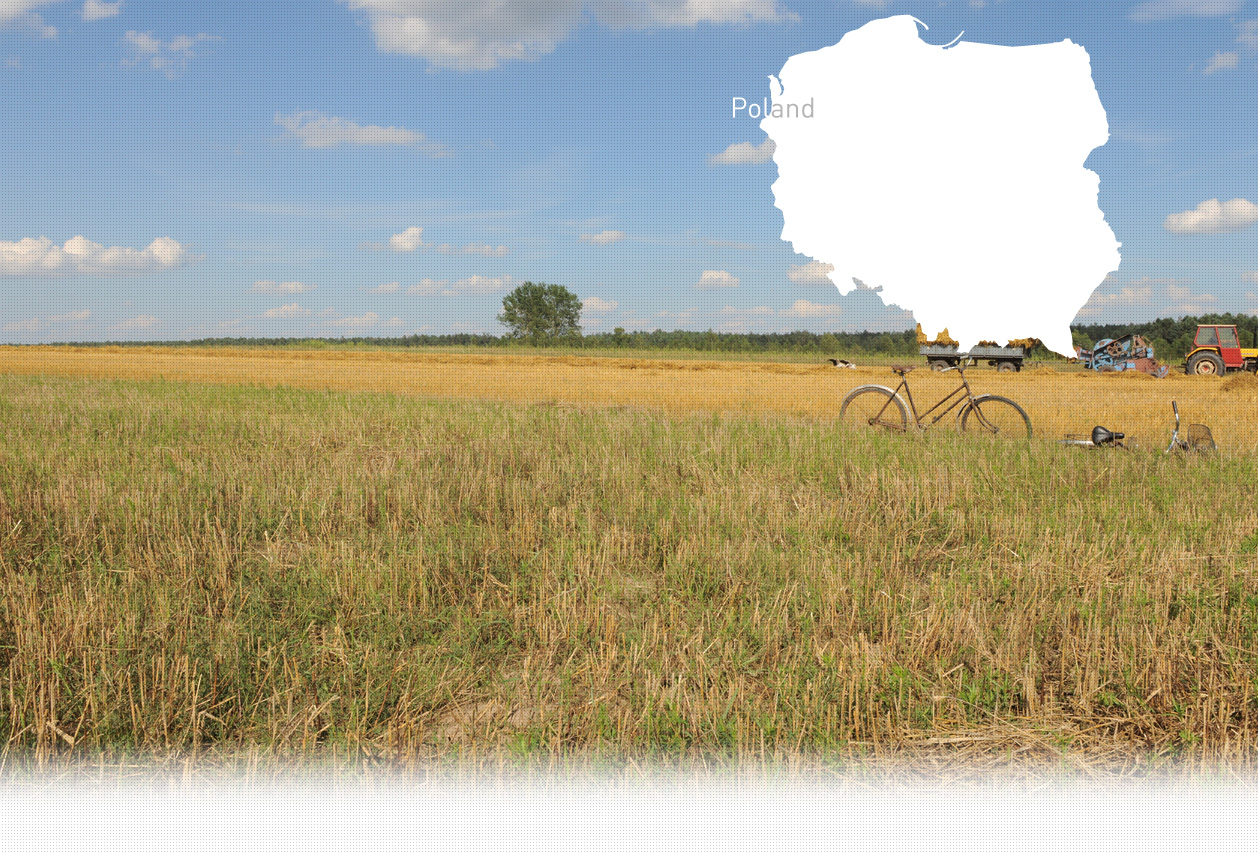

1 Killing site(s)
Stanislaw K, born in 1934, recalls: “I remember executions of Jews. They were caught somewhere and were killed here, in Zarzecze, next to the San river. The first Jews were killed there during July or maybe even June. The second execution was conducted at the beginning of October or end of September. I saw the first one but from far away. We were chased by the Germans, but two or three of my friends saw what they did. There were about 10 Jews, I didn’t count them personally. At that time, we didn’t even know how to count in the everyday life to be honest. I just wanted to see. I heard people scream and that was the end. Then, the soltys came with the requisitioned people to fill in the pit. I saw clearly the second execution. Besides me, there were about 15 other people who watched the execution. We climbed on a high, so we could see well. Jews had to dig the pits by themselves, next to a sawmill.” (Witness n°919, interviewed in Zarzecze on November, 11th 2018)
1/ Date and place of execution: October 1943.
2/ Type of execution: Shooting
3/ Data concerning the killed people: Jews from Nisko and [illegible] area.
5/ Who killed the people: gendarmes. [Questionnaire on mass executions and mass graves n°481. (Miejscowosc: Zarzecze; Gmina: Nisko; Powiat: Nisko; Wojewodztwo: Rzeszow). [RG-15.019M]
Zarzecze is located on the banks of the San River, 64km north-east of Rzeszow and about 250km southeast of Warsaw. There is not much information about Jewish life before the war, because according to Michal S., born in 1929, only two Jewish families lived in the village before the Second World War. One of the Jewish families owned a shop. There was no synagogue or cemetery in Zarzecze. Some more Jews lived in the nearest town of Nisko. As a result of the Molotov-Ribbentrop Pact, the town was briefly occupied by Soviets, before the Germans arrived, in September 1939.
Shortly after German occupation, a camp called Durchgangslager bei Nisko was established in Zarzecze. The first group of detainees arrived on October 19th, 1939 from Ostrava, Vienna, Katowice and Prague. In all, during its existence the camp numbered about 1,000 male inmates native from different European countries. They were brought by train to the Nisko railway station, and from there, by car or ferry as the camp was located on another side of the San River. According to the local witnesses interviewed by Yahad, the camp was fenced in with barbed wire and the barracks were built by the inmates themselves. There were five barracks, a bakery, a kitchen, and a special building for the Gestapo. There was a laundry room established by the Germans at the property one of the witnesses interviewed by Yahad. The Nazi idea was to gather all the Jews in the area in order to build a Jewish state in the area of Nisko, which, under the supervision of Schutzstaffeln would have limited autonomy. In the middle of April 1940, after the idea of the “Jewish state” was abandoned, the first Jews were executed. Before the liquidation, the American Red Cross managed to liberate 600 detainees. Those who survived the liquidation were sent back to their homes, while others were murdered. On October 1943, another 100 Jews were killed in Zarzecze near an old brickyard. There is no memorial for the killed Jews today. Besides the mass execution there were at least two isolated killings during which dozens of Jews who remained in hiding were shot. The executions were conducted by Germans and the Granatowa Police. The remaining Jews in Nisko were executed in the local cemetery afterwards.
Do you have additional information regarding a village that you would like to share with Yahad ?
Please contact us at contact@yahadinunum.org
or by calling Yahad – In Unum at +33 (0) 1 53 20 13 17